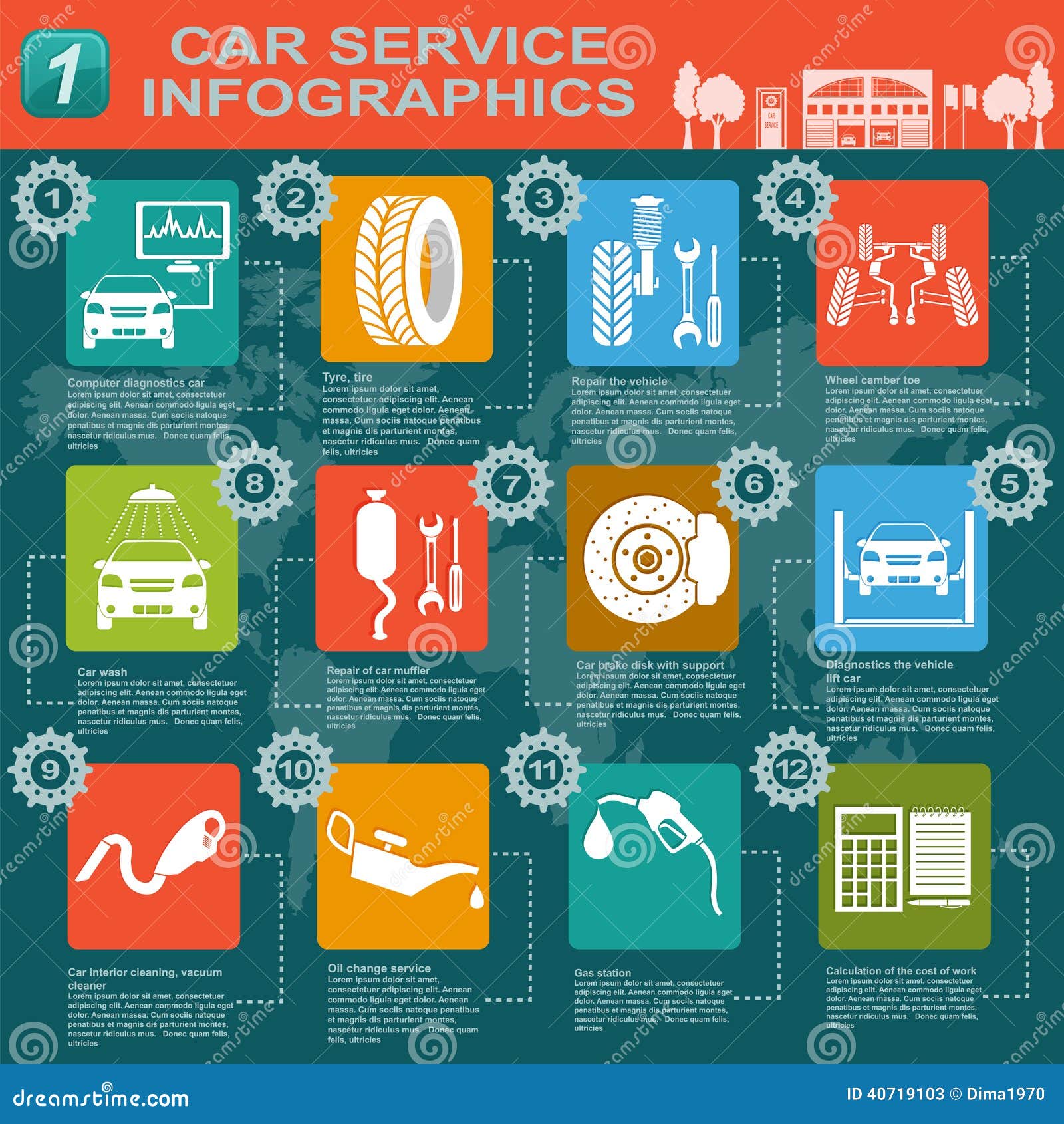Wish To Find Out More Regarding The Warning Lights On Your Control Panel? Uncover What They Show Regarding Your Automobile'S Health And Safety
Wish To Find Out More Regarding The Warning Lights On Your Control Panel? Uncover What They Show Regarding Your Automobile'S Health And Safety
Blog Article
Short Article Created By-Lauritsen Stark
When you lag the wheel, those glowing warning lights on your dashboard can be a bit difficult. Do you recognize what they're attempting to inform you concerning your cars and truck's wellness? Recognizing https://donovanypfxn.ourcodeblog.com/30410193/the-hidden-gems-uncovering-top-quality-car-fixing-shops-in-your-community of these lights is essential for your safety and security and the longevity of your lorry. So, the next time among those lights pops up, wouldn't you want to analyze its message properly and take the essential actions to address it?
Common Warning Lighting and Interpretations
Recognize typical caution lights in your car and comprehend their definitions to make sure safe driving.
The most typical warning lights include the check engine light, which signifies issues with the engine or discharges system. If this light begins, it's important to have your automobile inspected immediately.
https://oilchangeplacesnearme84949.blogripley.com/30866912/explore-the-crucial-patterns-that-are-set-to-change-the-future-of-car-repair-service-including-the-expansion-of-electrical-vehicles-and-the-fostering-of-expert-system cautioning light indicates reduced oil pressure, needing immediate interest to prevent engine damages.
https://www.tirereview.com/proper-tire-puncture-repair-wheel-care/ flashing battery light may recommend a faulty billing system, possibly leaving you stranded otherwise resolved.
The tire stress tracking system (TPMS) light notifies you to low tire stress, affecting vehicle security and gas performance. Ignoring this might cause risky driving problems.
The abdominal light shows a trouble with the anti-lock braking system, jeopardizing your capacity to stop promptly in emergencies.
https://brake-pads-near-me40627.fare-blog.com/30383181/understanding-the-relevance-of-your-vehicle-s-warning-signals-what-they-actually-represent but not least, the coolant temperature cautioning light warns of engine overheating, which can cause extreme damages otherwise fixed swiftly.
Understanding these typical warning lights will certainly help you deal with concerns without delay and preserve secure driving conditions.
Relevance of Prompt Attention
Comprehending the typical caution lights in your vehicle is only the first step; the relevance of without delay resolving these warnings can not be stressed enough to guarantee your safety on the road.
When a caution light brightens on your control panel, it's your vehicle's means of connecting a potential concern that needs attention. Disregarding these warnings can result in extra serious issues later on, jeopardizing your safety and potentially costing you more in repairs.
Trigger attention to alerting lights can avoid failures and mishaps. As an example, a blinking check engine light might show a misfire that, if left ignored, could create damages to the catalytic converter. Resolving this quickly can save you from a costly repair work.
Similarly, a brake system warning light might signify reduced brake liquid or worn brake pads, essential elements for your safety when driving.
Do It Yourself Troubleshooting Tips
If you see a caution light on your dashboard, there are a couple of DIY fixing tips you can attempt before seeking specialist assistance.
The initial step is to consult your vehicle's manual to recognize what the details caution light indicates. Occasionally the problem can be as straightforward as a loosened gas cap activating the check engine light. Tightening up the gas cap may fix the issue.
Another common concern is a reduced battery, which can set off numerous alerting lights. Inspecting the battery connections for corrosion and guaranteeing they're safe and secure could fix the trouble.
If a caution light continues, you can attempt resetting it by detaching the automobile's battery for a few minutes and afterwards reconnecting it. Additionally, checking your car's liquid degrees, such as oil, coolant, and brake fluid, can help repair warning lights associated with these systems.
Conclusion
In conclusion, understanding your auto's caution lights is essential for keeping your car running smoothly and securely. By promptly attending to these signals and recognizing what they indicate, you can avoid pricey repair work and possible failures.
Keep in mind to consult your vehicle's guidebook for specific information on each alerting light and do something about it accordingly to make certain a hassle-free driving experience.
Stay notified, stay safe when traveling!
